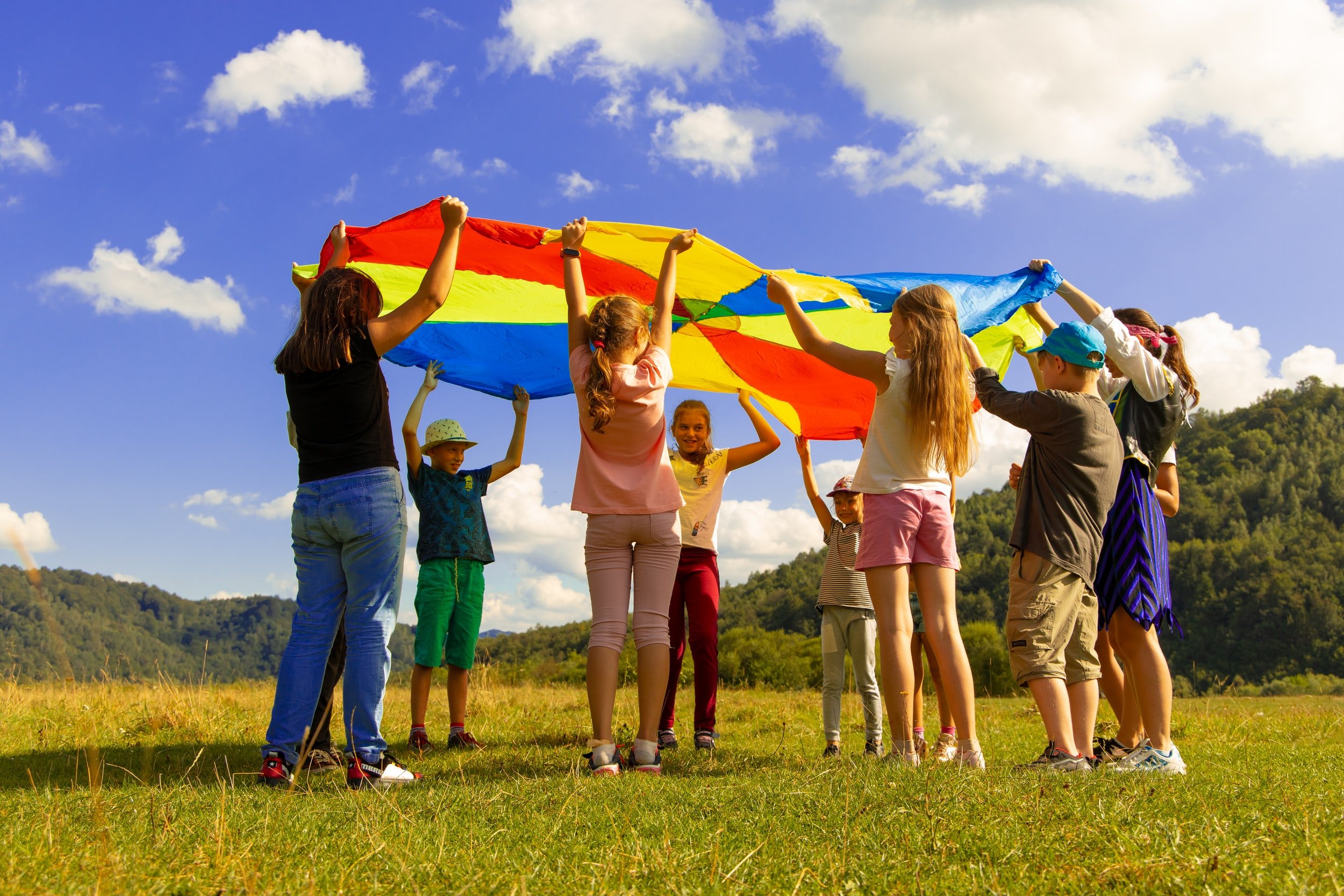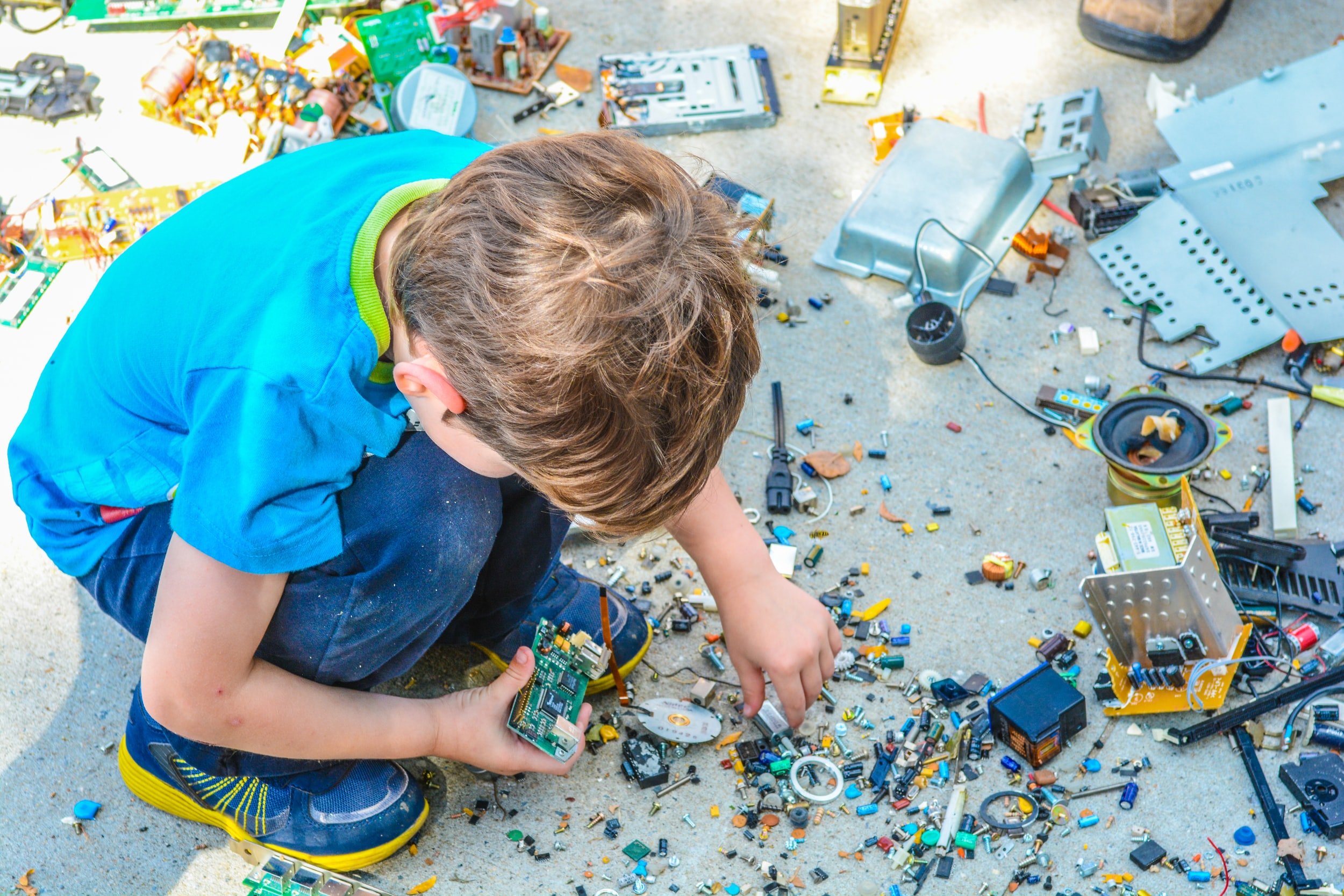Children Are Capable and Competent Yet Potentially Vulnerable
by Maria Lahman
Dr. Lahman served as Mentor-in-Residence for Academic Writing Month in November 2022 and is a regular contributor to Methodspace. She is the author of Writing and Representing Qualitative Research, Ethics in Social Science Research: Becoming Culturally Responsive and the forthcoming Culturally Responsive Qualitative Research. Use the code MSPACEQ322 for a discount when ordering her books from SAGE Publishing.
Children as capable and competent yet vulnerable people, are researched by adults who are socially, legally, physically, and perhaps mentally more powerful. Children who are racially and ethnically diverse, of lower classes, or disabled are being researched primarily by white, able-bodied researchers with power positions. I advocate for understanding that children constitute one of the few cultural groups that in all cases remains always Othered by adult researchers, as in being unfamiliar and different in research. Denzin and Lincoln have asked: “who is the Other? Can we ever hope to speak automatically of the experiences of the Other, or an Other? And if not, how do we create a social science that includes the Other” (2000, p. 1050)? Eder and Fingerson (2002, p. 198) ponder the idea ‘. . . children are perhaps the least powerful Others . . .” Many children (e.g., birth to toddlers) cannot offer input or collaborate in research in the way older children, youth, and adults might. The child as Othered in research is reinforced by
§ Adult memory of childhood Robinson and Kellet (2004) called this a matter of generational issues. Thorne (1993) suggests that we use what she calls “tugs of memory, and the child within” (p. 23) to help understand adults’ tendency to view childhood from certain perspectives. I add that adult memory is affected by the erosion of time (Eby, 2006).
§ Close proximity and the overlapping nature of child and adult cultures
Fine and Sandstrom (1988) have referred to this situation as one of children and adults being physically close yet socially distant. Consider young children—they are often by someone’s knee, on a hip, in a stroller, but unless they’re a child we know, or we are “a kid magnet” type of person, adults often don’t notice a child until the child irritates them in some way.
§ Power Adults have power over children for many reasons—size, stage of development, experience, cultural customs, the law. Mauthner (1997) discussed this issue as “intergenerational inequalities” and “the power dynamics of age” (p. 19). Those of us who are child “experts” and take great pleasure in being with kids may be thinking, “No, not me. I respect children.” I would offer, take time to consider that the moment we feel our research has captured an understanding of childhood we may be on the shakiest ground. Yet with thoughtful, consideration children and adults may enter into joyous, intersubjective, meaningful, research relationships.
Childhood is a social construct (Heywood, 2018). Understandings of what child means varies and are impacted by socio-historical, economic, geographical, and cultural contexts. A contemporary tension around the image of the child is the seemingly incompatible images of vulnerable child or competent child. The vulnerable child is seen in images in government regulations detailing how children may be included in research, media images of impoverished, starving children, news accounts of child abuse, and truancy laws. The image of capable and competent child has been admirably advocated by multiple contemporary researchers and theorists (Fraser et al, 2004; Masson, 2004).
I believe both the notions of capable, competent and vulnerable, worded as competent yet vulnerable child may be held simultaneously as a way of considering the unique position of children. Children are vulnerable and these tragic images are real. I am thankful society tries to have in place protections for this vulnerable group. Yet I believe firmly in children’s capability and competency honor who they are now and not solely who they may develop into.
Areas for Consideration when Researching Children
§ Reflexivity in this case is specifically about the researcher’s childhood and past to current relationships with children. Through considering our own experiences and biases we attempt to understand ourselves first before researching others. We should ask ourselves—Why do we wish to research children? How would we characterize our childhood? What romantic or negative ideas of childhood do we hold? What identities did we represent (age, gender, race, class, ability, religion, nation)? What was our disposition as a child? What tenets of professional disciplines influence us? What applied experience with children do we bring to the research relationship?
§ Intersubjectivity reminds researchers the child is a member in the research relationship (e.g., Simmons, 2018). We may be highly reflexive, but the child must meet us in some manner in order for research to occur. Rogoff (1990, p. 67) said, “the mutual understanding that is achieved between people in communication has been termed intersubjectivity, emphasizing that understanding happens between people, it cannot be attributed to one person or the other in communication”. Rogoff goes on to say “communication presumes intersubjectivity…shared understanding based on a common focus of attention” (p. 71). Researching children through participant observation as intentional beings would be key to developing intersubjectivity or even simply an easy rapport with children. Not all researchers or research designs will be able to utilize intersubjectivity so it may be more practical to see this as an aspiration with some researchers needing to concentrate more on basic rapport by simply hanging out with children. Mauthner (1997, p. 21–22) has similarly characterized the personal nature of research with children saying the relationship between the researcher and child is “a delicate process . . . characterized by intimacy and negotiation”.
§ Innovative Methods It is exciting and encouraging to be a child researcher during a time when the use of innovative research methods is burgeoning. However, it is important for researchers to avoid getting caught up in method for method’s sake. For example, Clement’s candid (2019) report on the downsides of having families with children take a walk with a child wearing a GoPro, video recording device, helps researchers navigate best ways to “naturally” record. Dockett and Perry (2007) see this as “tension between developing interesting methods to engage children, while at the same time avoiding a gimmick approach” (p. 50). In research it is always preferable to be with children in their context so naturally occurring conversations can occur in the context of the children’s lives. There are times when due to time, money (Liamputtong, 2007) or the topic formal interviews may be needed. When moving to a formal interview the child/researcher power deferential is inherently emphasized and the researcher risks controlling the interview in a manner that produces what the child believes the adult wishes to hear (Nespor, 1997). Ways to enhance the child’s power in interviews follows.
o ask the child to choose where they want the interview to occur
o allow the child to handle the recording equipment and to hear their voice recording
o interviewing children in focus groups, or with a friend(s) what Mauthner (1997, p. 23) has called ‘friendship groups’ can be a means to empower children.
o A child could lead the focus group with adults being present in a listening role.
o Encouraging children to interview their friends as researcher is also a way
to minimize the researcher’s power
o Thomas and O’Kane (1998: 342) suggest allowing children to choose whether they wish to express themselves through an innovative method: ‘. . . some of the children we saw were keen to express themselves by drawing while others had no interest in this method of communication’.
o Examples of innovative methods successfully utilized with children include photography, video, internet communication, communication with toys, drawing, art creation, school and neighborhood walks, digital story creating, gaming, mapping and role playing. Clark (2005) advocates for combining these methods as appropriate into what she has termed the Mosaic approach.
Collaborative Research with Children may also be called co-research and participant action research (e.g., Blaskova, et. al, 2020). It is important to consider the use of the term research with children rather than on or for children as a way of highlighting child expertise and ability to collaborate. “In the past, much research was conducted on children but relatively little with them” (Masson, 2004, p. 4). Along with children helping plan a study and collect data Thomas and O’Kane (1998) have advocated providing children opportunities to interpret data and reflect on tentative findings. They have done this through follow-up interviews and focus groups where findings and data previously collected are brought to the children to discuss. I would add that portions of written accounts might also be shared with children. Similarly, Kay et al. (2003) has characterized this as (re)presentation, meaning that child participants are presented with representations of research data in order to gain their input so the researcher may (re)present their data as informed by the children’s input.
§ Being with Children is arguably the most important idea. Make time in a research study to simply be with children. All the previous points are enhanced if our time with children is extensive. When we have multiple episodes upon which to draw, intersubjectivity becomes possible. Innovative methods rest on relationships and are not conducted frivolously, and children can demonstrate their true expertise as collaborators. The most recent, novel methods do not compare to simply being with children. When we are hanging out with children, we can have naturally occurring conversations in order to minimize disruption of children’s lives and gain context laden accounts. Since it is difficult to gain access to children due to the many layers of gatekeepers protecting them, consider developing research designs where once access is achieved the researcher stays in the site for several years conducting longitudinal, ethnographic, or holistic studies.
Acknowledging the child as always Othered should not stop researchers from attempting to form meaningful relationships with the children they research. If we reflect overly long on this issue the danger becomes a sense of “why bother’? It is my hope that child researchers are drawn to studying children through a desire to see the world through children’s eyes, attempting to improve children’s lives, and simply experiencing joy when with children. The gift when attempting to understand this most special Other may be “we understand Self only in concert with Other, a continual dialogic process of negotiation and a great deal of faith in shared meaning” (Markham, 2005, p. 794).
References
Blaskova, L. J., Le Courtois, S., Baker, S. T., Gibson, J. L., Ramchandani, P. G., O’Farrelly, C., & Fink, E. (2020). Participant engagement with play research–Examples and lessons learned from the centre for play in education, development and learning. International Journal of Play, 9(4), 365-381.
Clark, A. (2005). Ways of seeing: Using the Mosaic approach to listen to young children’s perspectives. Beyond listening: Children’s perspectives on early childhood services, 29-49.
Clement, S. (2019). GoProing: Becoming participant-researcher. Feminist Research for 21st-century Childhoods: Common Worlds Methods, 149-158.
Denzin , N.K., & Lincoln, Y.S., Eds (2000). Handbook of Qualitative Research, 2rd Ed. Thousand Oaks, CA: Sage.
Dockett, S., & Perry, B. (2007). Trusting children's accounts in research. Journal of early childhood research, 5(1), 47-63.
Eby, O. (2006). A Distraught Woman. River Teeth: A Journal of Nonfiction Narrative, 8(1), 31-36.
Fraser, S., Lewis, V., Ding, S., Kellett, M., & Robinson, C. (Eds.). (2004). Doing research with children and young people. Sage.
Eder, D., & Fingerson, L. (2002). Interviewing children and adolescents’, in
J. F. Gubrium and J.A. Holstein (eds) Handbook of Interview Research. Context and
Method, pp. 181–201. Thousand Oaks, CA: Sage.
Fine, G.A., & Sandstrom, K.L. (1988) Knowing Children. Participant Observation with
Minors. Newbury Park, CA: Sage.
Heywood, C. (2018). A history of childhood. John Wiley & Sons.
Liamputtong, P. (2007). Researching the vulnerable: A guide to sensitive research methods. Sage.
Lahman, M. K. E. (2008). always Othered: ethical research with children. Journal of Early Childhood Research, 6(3), 281–300. https://doi.org/10.1177/1476718X08094451
Lahman, M. K. E. (2017). Social science research ethics: Becoming culturally responsive. Sage
Markham, A. (2005). Online ethnography’, in N.K. Denzin and Y.S. Lincoln (eds)
Handbook of Qualitative Research, 2nd edn, pp. 793–820. Sage.
Masson, J. (2004). The legal context. Doing research with children and young people, 43-58.
Nespor, J. (1997). Tangled Up in School: Politics. Space, Bodies, and Signs in the.
Simmons, B. (2018). The phenomenology of intersubjectivity and research with profoundly disabled children: developing an experiential framework for analysing lived social experiences. In: Twomey, M and Carroll, C, eds. Seen and heard: Exploring participation, engagement and voice for children with disabilities. Peter Lang, Oxford, pp. 125-144. ISBN 9781787075160
Robinson, C., & Kellet, M. (2004). Power, in S. Fraser, V. Lewis, S. Ding, M. Kellett and C. Robinson (eds) Doing Research with Children and Young People, pp. 81–96. Sage.
Rogoff, B. (1990) Apprenticeship thinking: Cognitive development in social context. Oxford University Press.
Thomas, N., & O’Kane, C. (1998). Ethics of participatory research with Children, Children and Society, 12: 336–48.
Thorne, B. (1993). Gender play. Girls and boys in school. New Brunswick, NJ: Rutgers University Press.
Robinson, C., & Kellet, M. (2004). Power, in S. Fraser, V. Lewis, S. Ding, M. Kellett and C. Robinson (eds) Doing Research with Children and Young People, pp. 81–96.
Note: This blog entry is rewritten from Lahman 2008 and 2017.














Jessica Lester and Michelle O’Reilly discuss ethics in sensitive research with children and youth, and offer practical tips.